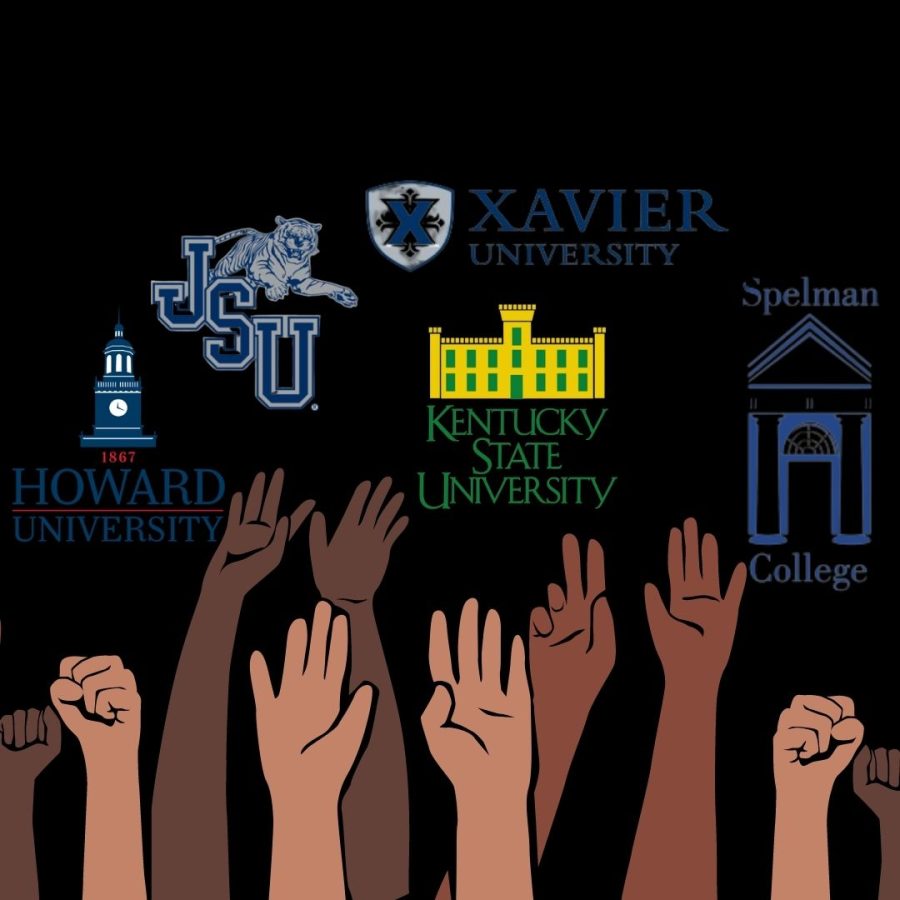Bomb threats override HBCUs
On the first day of Black History Month, a multitude of Historically Black Colleges (HBCUs) received bomb threats, forcing several students to either evacuate their campuses or take part in a hard lockdown. After further investigation of the matter, the Federal Department of Investigation concluded that these potentially harmful threats count as racially charged.
February 9, 2022
On February 1st, at over 14 Historically Black Colleges and Universities (HBCU) around the country received bomb threats. February serves as Black History Month which leads black communities to believe that these did not occur coincidentally. After further investigation, the Federal Bureau of Investigation (FBI) found six juveniles guilty of imposing racially motivated threats upon the HBCUs. Neither the FBI or the press revealed the identities nor locations of these juveniles, therefore the public does not possess any further knowledge regarding their thought process. However, the FBI came to the conclusion that these individuals intended the acts out of maliciousness against the Black community.
“I was getting ready for my second day of in-person classes for the semester when I found out about the bomb threat. Apparently, the threat had been called in around 3 AM on Tuesday. The caller said the bomb would detonate at 12:30 PM, but did not indicate where. It was really disturbing, but it became even more disturbing when I found out that other HBCUs had received similar threats. Spelman Public Safety worked with the Atlanta Police Department and the Georgia Bureau of Investigation to search the campus using bomb detection dogs, and additional law enforcement support was present throughout the AUCC (Atlanta University Center Consortium Inc) following the threats,” Spelman sophomore and NC alumni Erin Grier said.
The juveniles threatened renowned HBCUs such as Spelman College, Howard University, Xavier University and several others. Wall Street Journal officials claim that the minors called each of the universities with a disguised phone number to impose the threats upon them. While no explosions occurred, multiple schools either evacuated or informed students to take shelter, leaving them in fear. Although threats occur at HBCUs occasionally, the communities at these universities do not feel any less alarmed.
“Unfortunately, I can’t say that I don’t think something could have actually happened. Spelman, just like many other HBCUs, is a safe environment where Black students are nurtured and encouraged to learn and grow without limits. In many ways, HBCUs are the heart of the Black community, and the individuals who made those threats knew that causing damage to these institutions and harm to the students would deeply upset us. I have always felt safe on campus. The day of the bomb threats was difficult, but I put my trust in Spelman Public Safety and the measures they took to monitor the situation. The students and faculty, past and present, have remained undaunted and maintained this safe space through their perseverance and bravery,” Grier said.
Current Black high school students applying to HBCUs take serious matters like this into account. However, a handful of students realize that the HBCUs cannot prevent threats from occurring, but that they do everything in their power to assess the situation.
“I’m uneasy, but I don’t think I was that surprised. They’ve been targeting HBCUs for so long and it was just racially motivated, especially being that it was during black history month. I don’t think it’s affected my decision to apply to HBCUs though because I think I would feel safe on an HBCU campus,” magnet senior Cayenne Jonkam said.
A majority of students attend college with the intention of receiving a quality education, involving themselves with the school and living on campus. HBCUs enable groups of young black students to gather in the hopes of avoiding the full range of bigotry that America has to offer. Unfortunately, this fantasy does not fit the reality of America’s harsh lifestyle for people of color.







